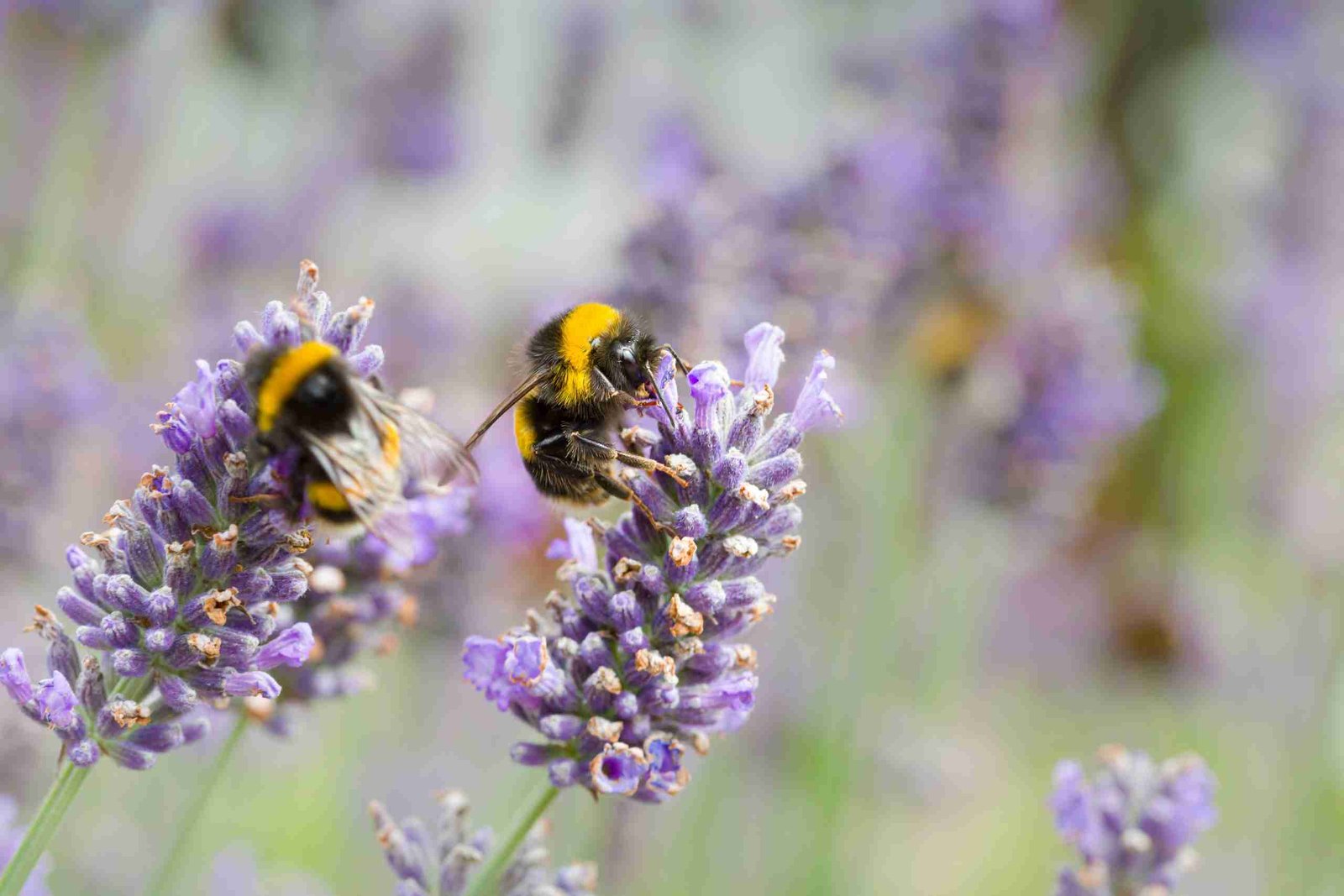Summer is coming quickly, and therefore many people are wanting an abundance of pollinators in their yards but aren’t sure what to plant to draw them in. Luckily, there are many actions they can take to attract them, which includes planting beautiful wildflowers all throughout their yards. If you’re planning on upgrading your garden and want to attract more bees and butterflies, below are the twelve best wildflowers for attracting pollinators.
Lavender
First, if you’re looking to attract more pollinators and don’t already have lavender in your yard, it may be time to plant some. Not only are lavender flowers extremely attractive, they also serve a dual purpose as they have both nectar and pollen that will feed the bees, butterflies, and other visitors. Lavender also thrives in the middle of summer when some other wildflowers are not as productive, meaning the pollinators will come and stay the entire summer. Lavender flowers also grow abundantly, meaning you can clip some to keep in your house.
Butterfly Bush
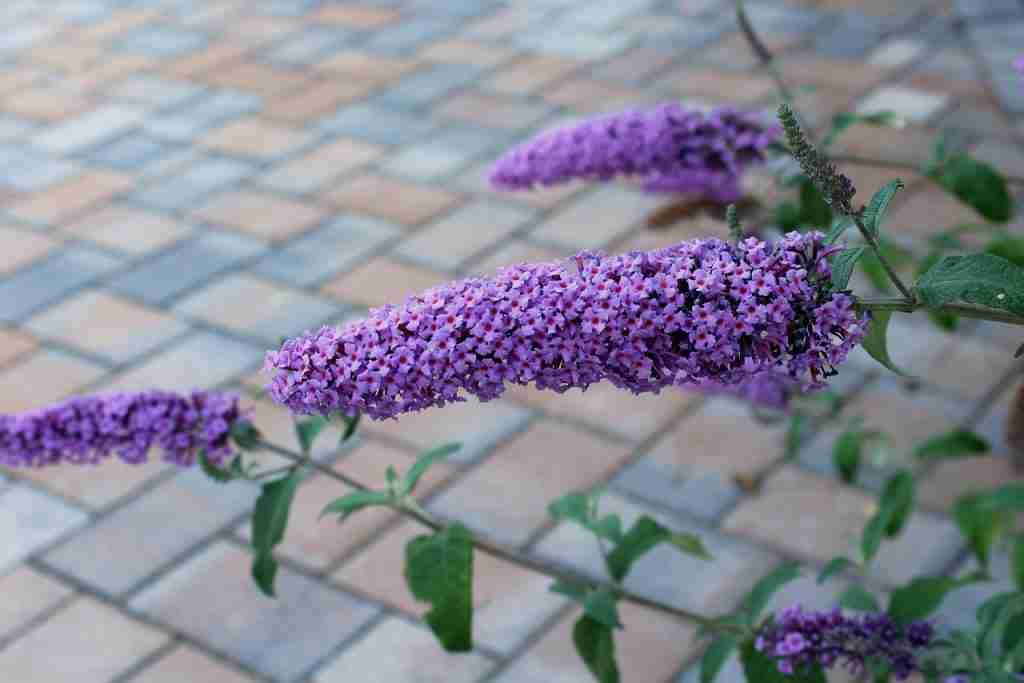
If you’re looking for a wonderful lilac scent on your lawn, the butterfly bush is a must-have. These normally bloom in a variety of pastel colors, but can also be white or very dark purple. These are very attractive to both pollinators and humans, and they grow taller than some of the other options on this list, meaning you get more coverage and more pollinators with less effort.
Sunflowers
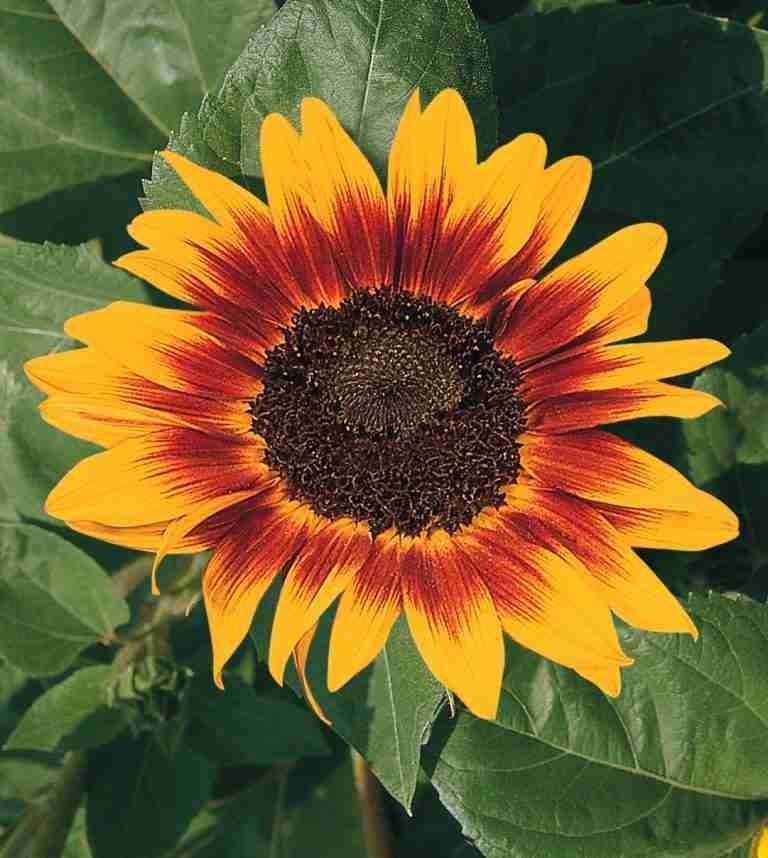
Who doesn’t love a vibrant pop of color in their yard? Sunflowers grow high and, like lavender flowers, have both nectar and pollen on them in their centers. Thanks to their bright colors, they can be seen from far away and therefore can draw pollinators in, plus they have flat surfaces so it is easy for pollinators to land on them. Sunflowers come in many different varieties, but some of the best include the Mammoth Sunflower and the Evening Colors sunflower blend.
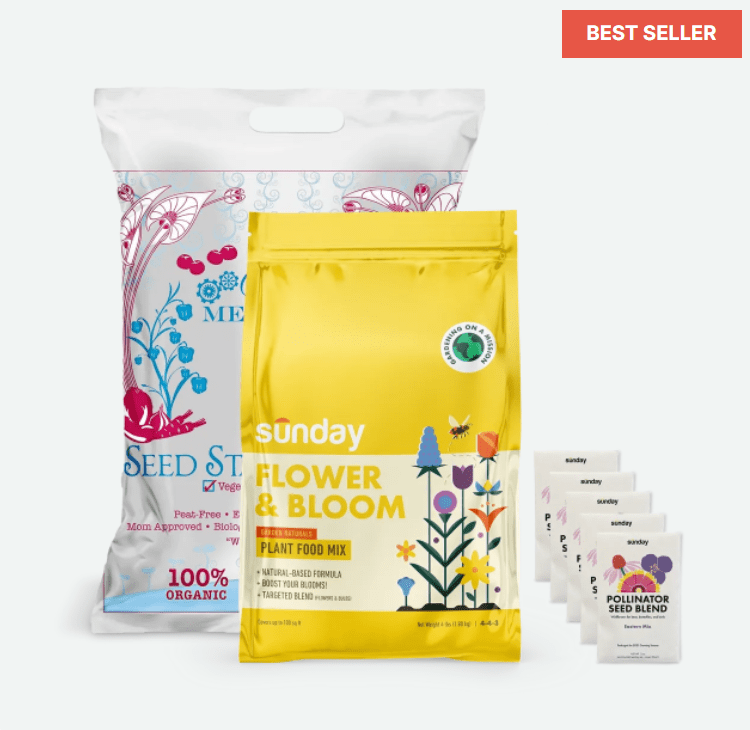
Snapdragons
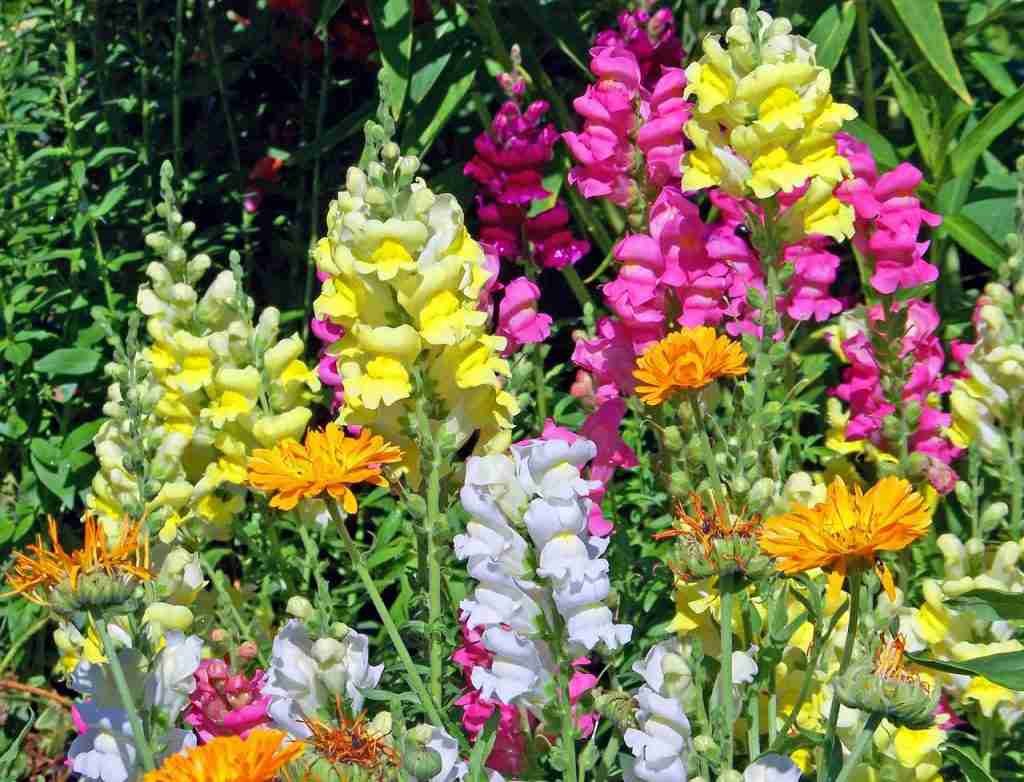
Snapdragons, which get their name from their eerie resemblance to a dragon’s snout, are great wildflowers for attracting pollinators, especially earlier in the Spring when there is still a bit of a chill. They should be planted in partial sun (not full sun), and if not cared for properly, these can wither in extremely hot temperatures. These can be used in a variety of ways, from standalone flowers to flower boxes and outer edges of planters. You can also find these in many colors to fit your garden, which includes red, pink, red, burgundy, white, orange, and multi-colored Snapdragons.
Black-Eyed Susans
Pollinators, especially honeybees, love black-eyed Susans, which typically grow up to around two feet. Similar to sunflowers, the center of the flower offers plenty of nectar to attract the pollinators. Another great thing about black-eyed Susans is that their root systems are strong and they normally can rejuvenate themselves every year, meaning you don’t have to replant anything in their place.
Sweet Alyssum
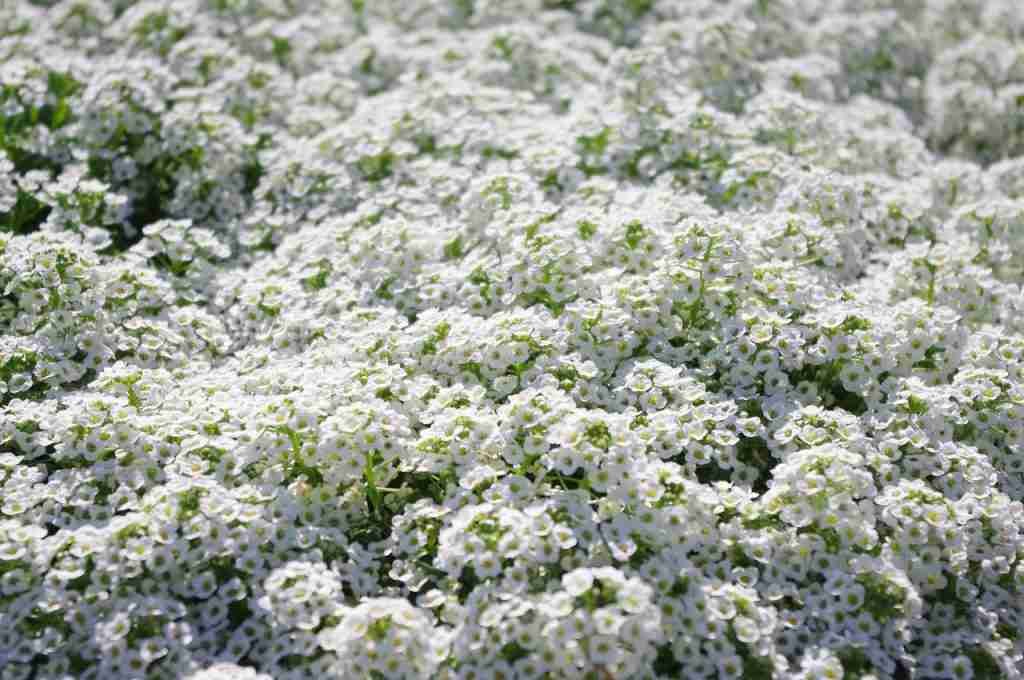
Sweet Alyssum wildflowers are another excellent choice for attracting pollinators – especially butterflies – as they look great scattered in a yard or in hanging baskets. For this reason, many people opt to use them as “spillers” or for a filler in cracks. While mostly found in coastal regions, these wildflowers do well in most regions during the right seasons. These flowers, which are very sturdy in most weather conditions, come in a variety of colors including white, purple, and pink.
Wild Thyme
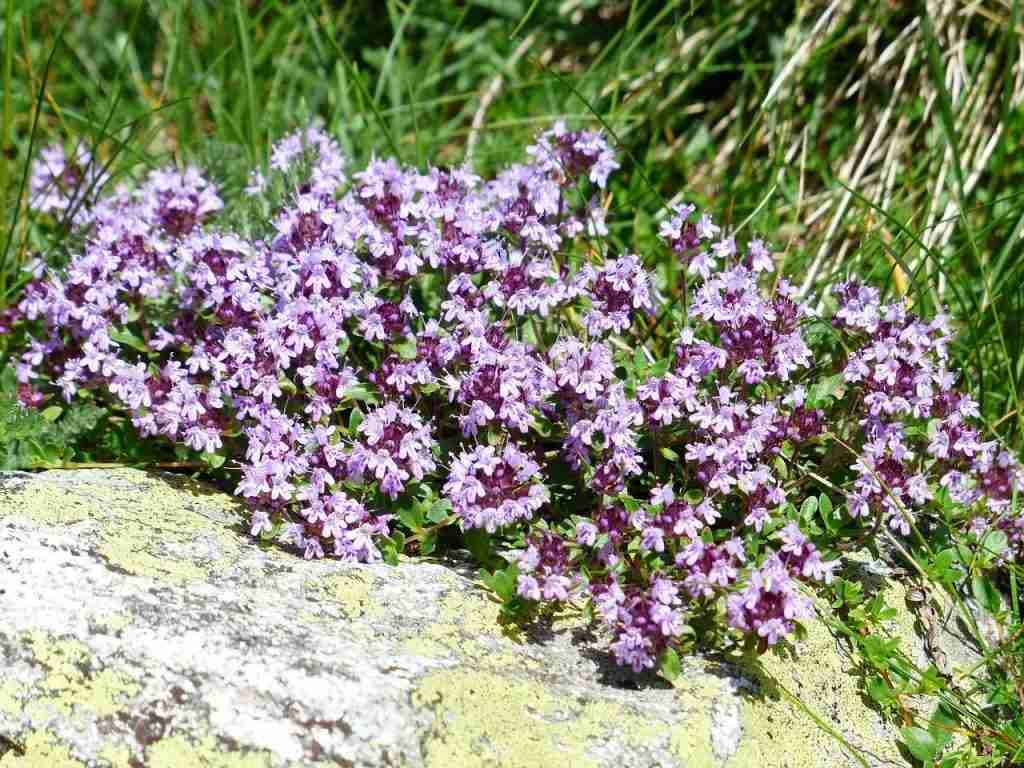
While many of us have purchased thyme in the grocery store to cook with, it is also a great option for attracting pollinators. Thyme is excellent in hot climates, as it is quite tolerant to droughts, and it lies low to the ground and requires little maintenance. Thyme flowers bloom in a variety of colors, but typically appear either purple or pink, or a mix of the two. Pollinators like the lesser-known yellow-faced bee are big fans of Wild Thyme flowers, so you can’t go wrong with growing some in your yard.
Coneflowers
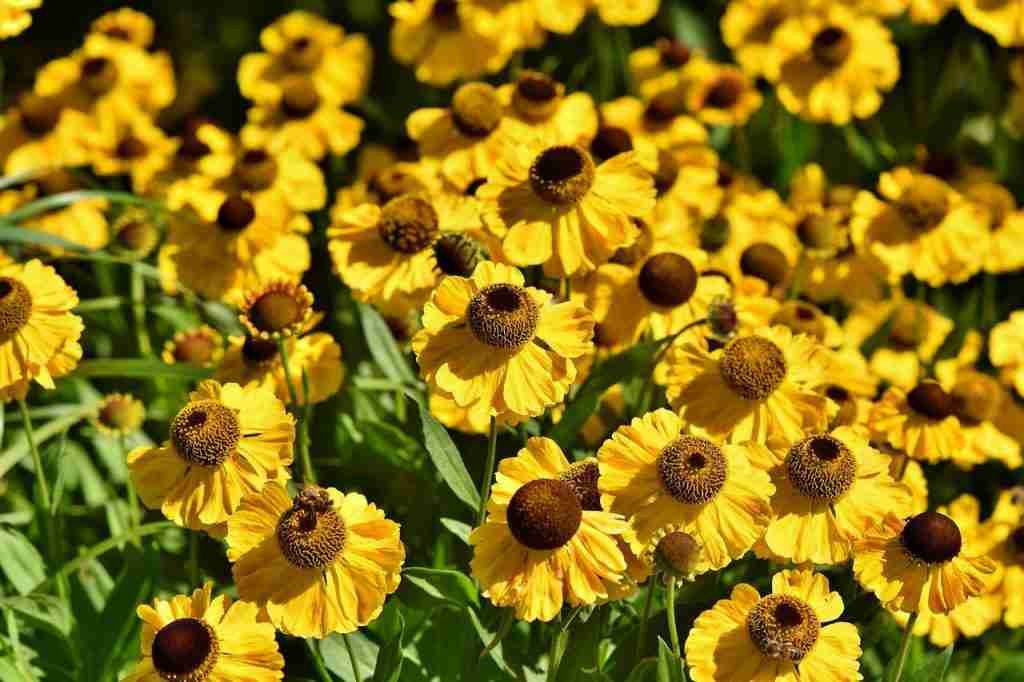
Another one of the greatest pollinator-attracting wildflowers is the coneflower. While generally thought of as vibrant, pink flowers, these also bloom in other colors ranging from orange to yellow to shades of red. These bloom for months, meaning they will constantly be bringing pollinators to your yard. Similar to sunflowers, their flat centers provide a good landing and feeding spot for hungry insects. Best of all, hummingbirds are also known to frequent coneflowers, too.
Asters
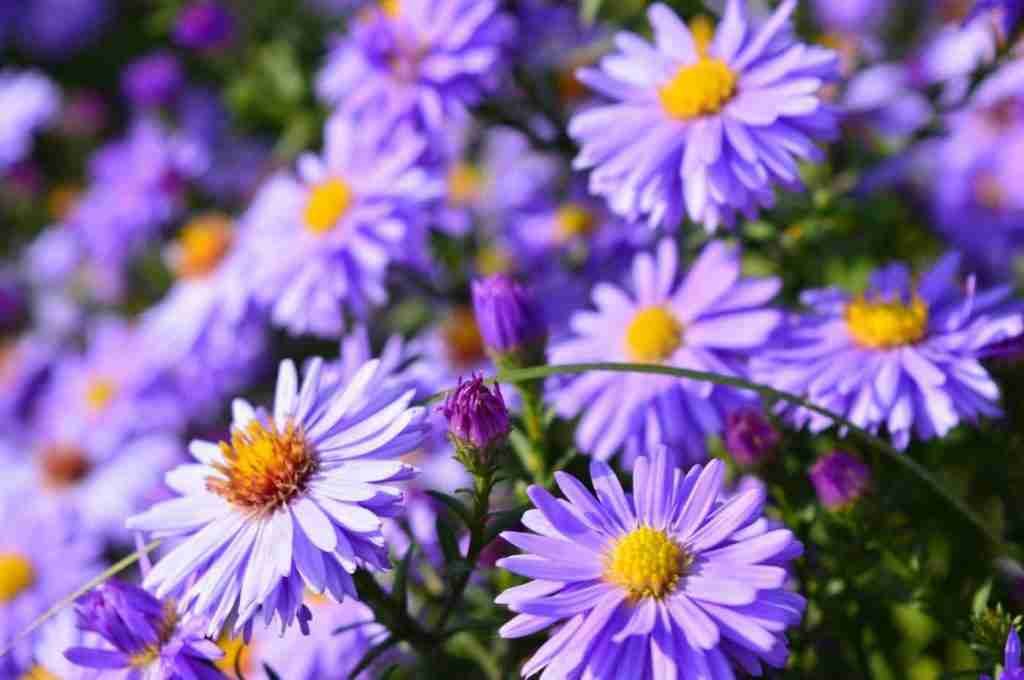
Perhaps among the most popular wildflowers, asters can vary greatly in size and color. Most people think of pinks and purples when they imagine asters, but there are also amazing blue varieties of the flower that can add a unique touch to anyone’s garden. They attract all sorts of pollinators, but are a favorite of honeybees. Asters are also great because they typically bloom later in the season than other flowers that are likely starting to fade at that point.
Cosmos
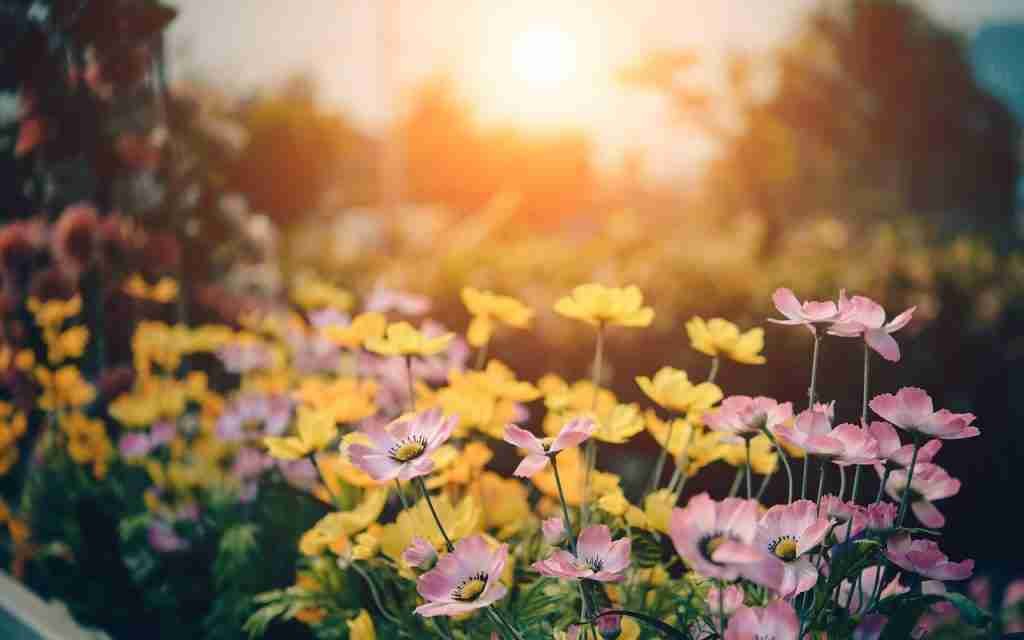
Cosmos are also great wildflowers to plant when you are wanting to attract more pollinators, as their open flowers make it simple for bees, birds, hummingbirds, and other wildlife to feed off of them. In particular, Monarch butterflies tend to pick Cosmos over other surrounding flowers. These can grow in hot temperatures, and they are known for their abundance of reseeding properties. These are also great options if you are looking to put together a bouquet or give someone a vase of flowers.
Larkspur
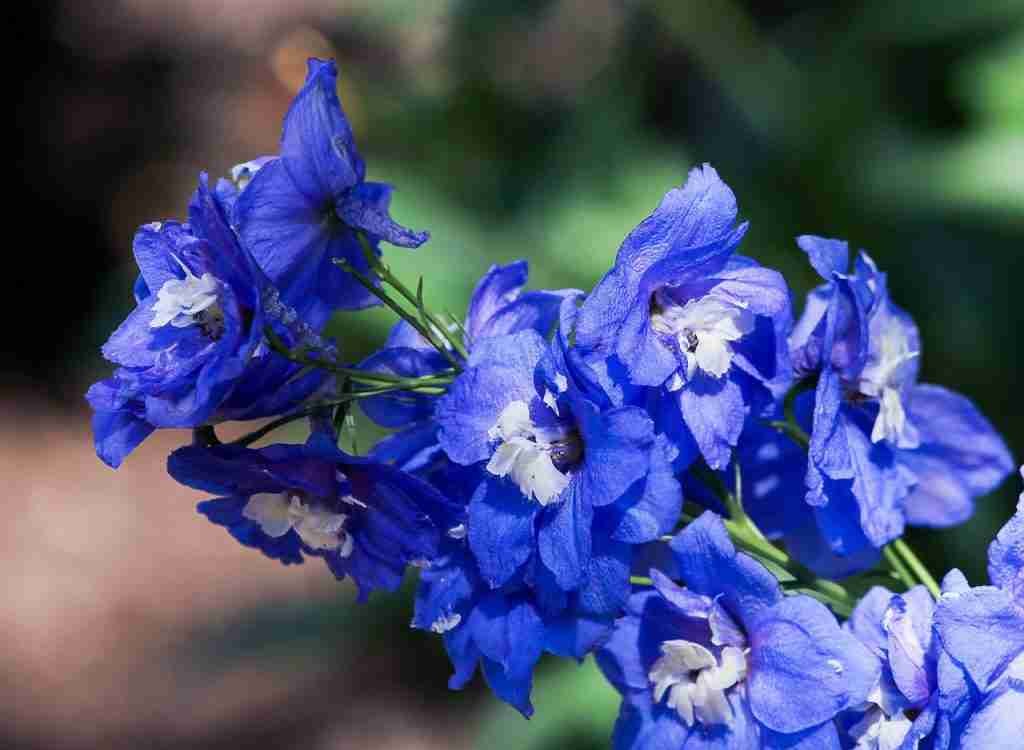
If you’re wanting to plant some flowers in the early summers, larkspurs might be the best choice for you. Similar to asters, these are normally thought of to be purple but can actually also be a very rich blue color that can add a lot of “pop” to a yard. While these are great for attracting pollinators, especially honeybees, they can be tricky to maintain and are finicky depending on the weather. Therefore, be sure you know how to care for them before planting any.
Poppies
Bumble bees especially love poppies, which also come in a wide range of colors. Many people think of the color red, but poppies can also be found in many different colors including orange, purple, yellow, white, and pink. The blooms are most active in the middle of the Spring, and a lot of plant lovers choose to plant an abundance of these, as they genuinely do add a lot of “pop” to gardens.

